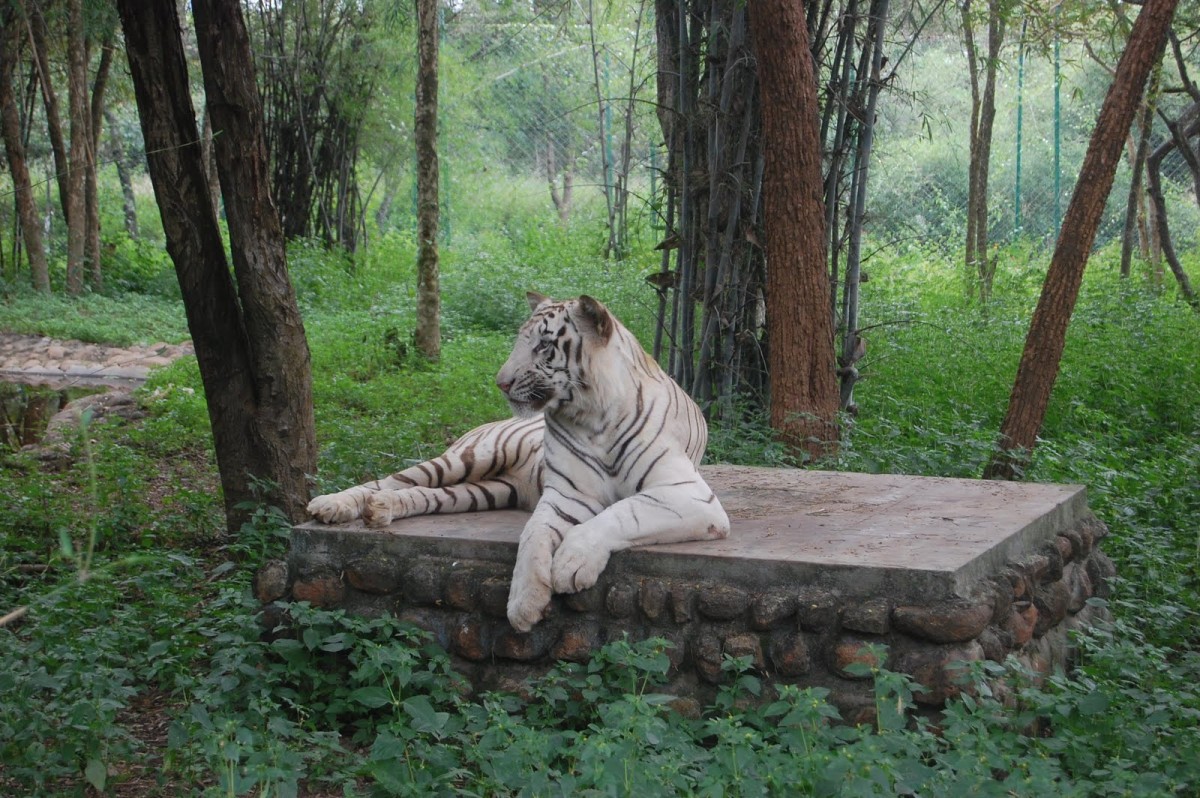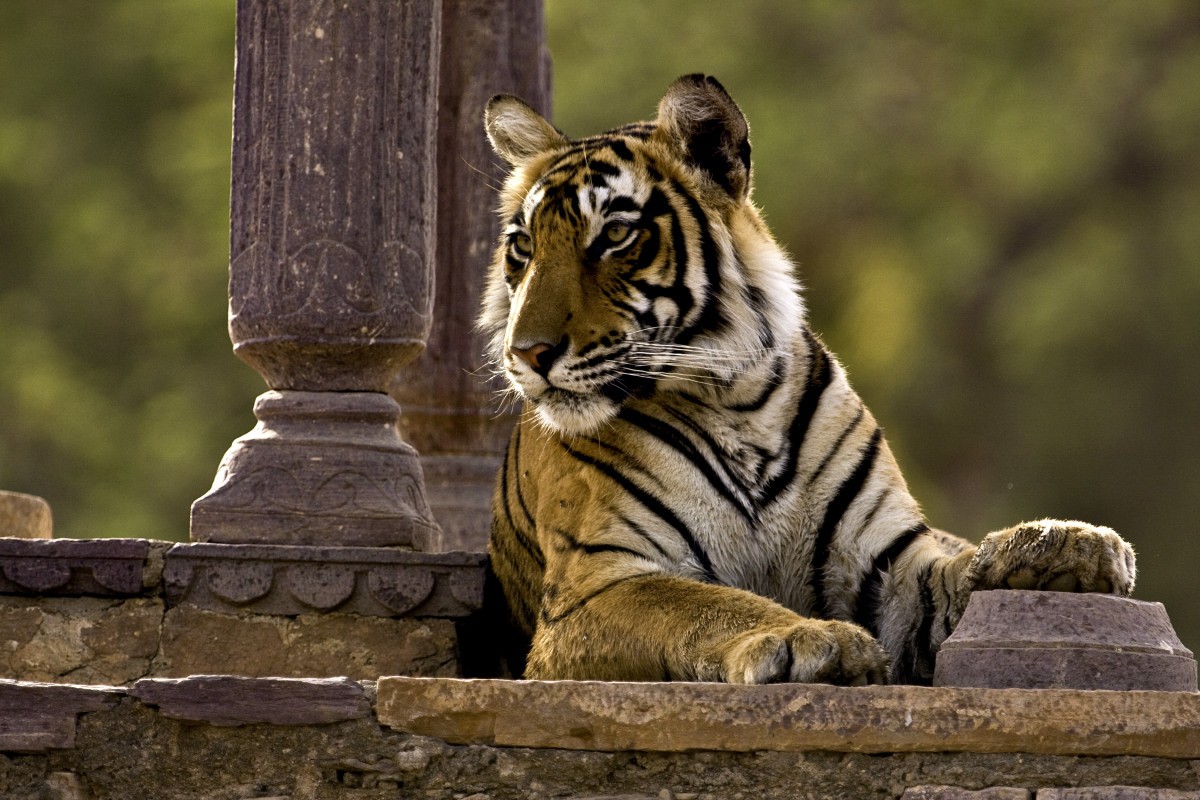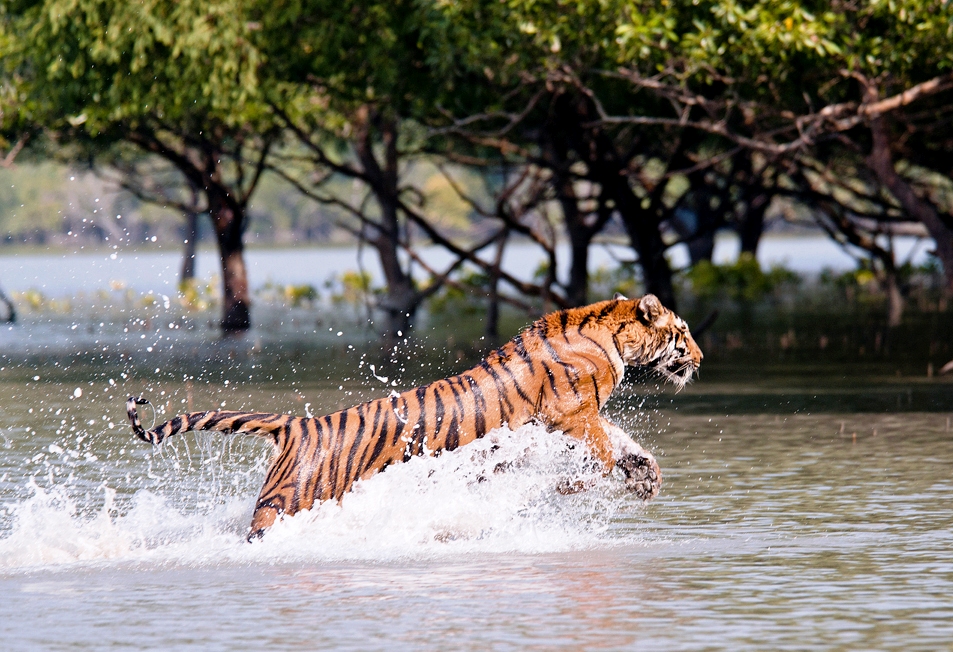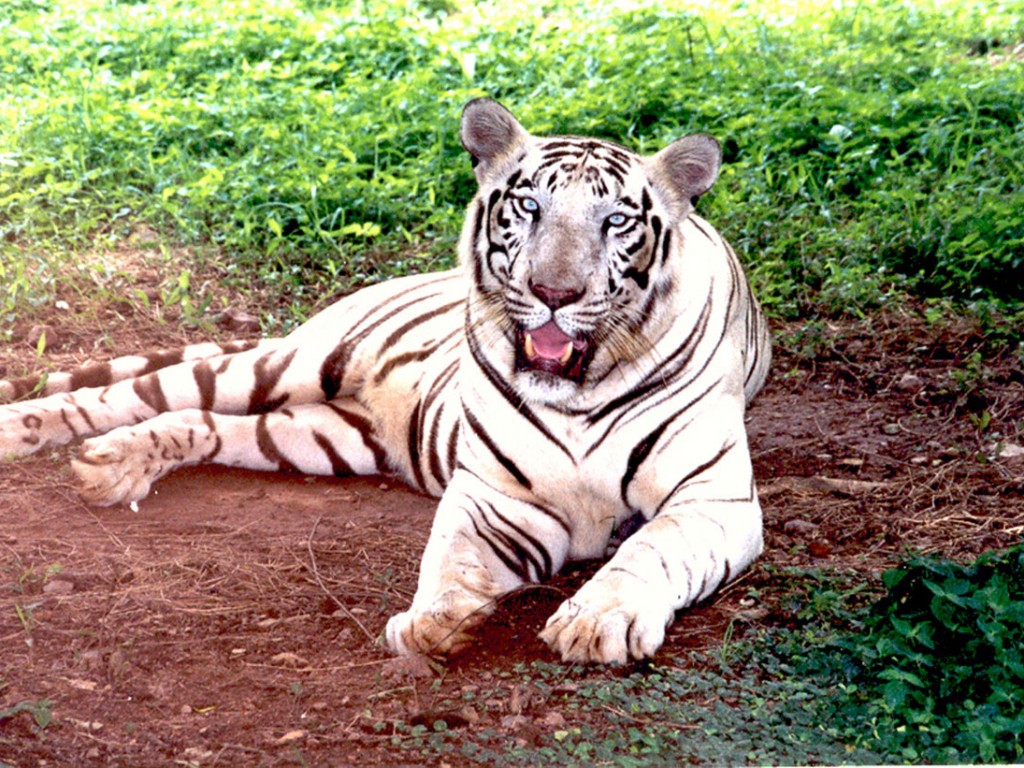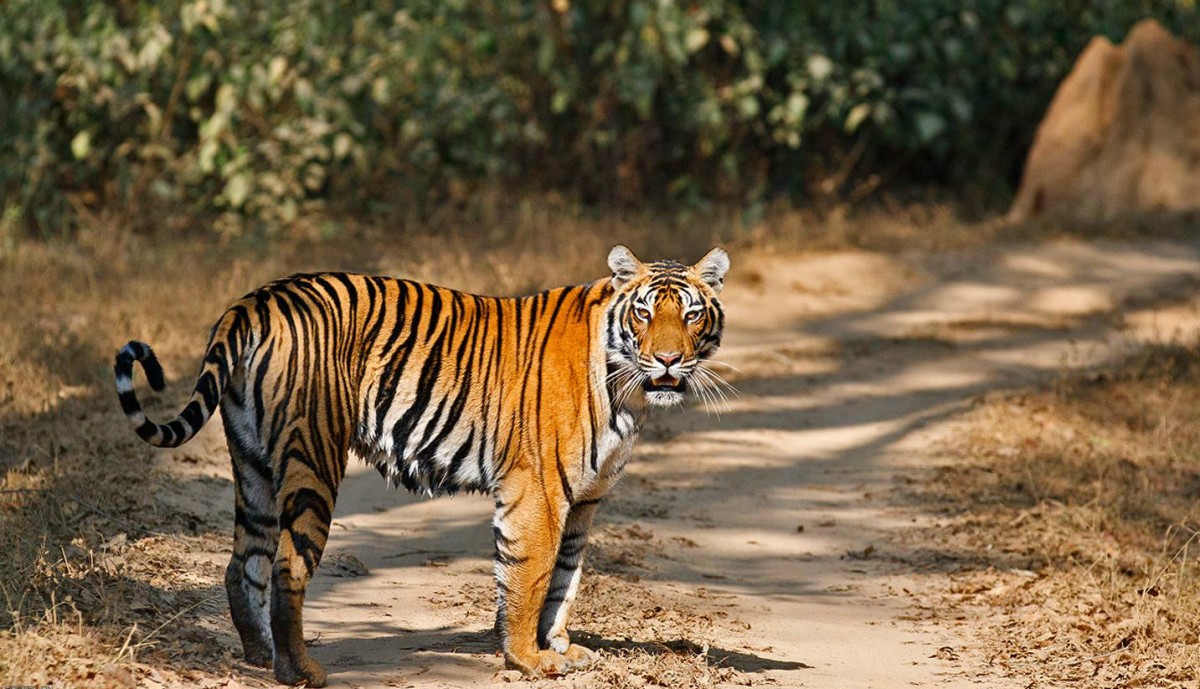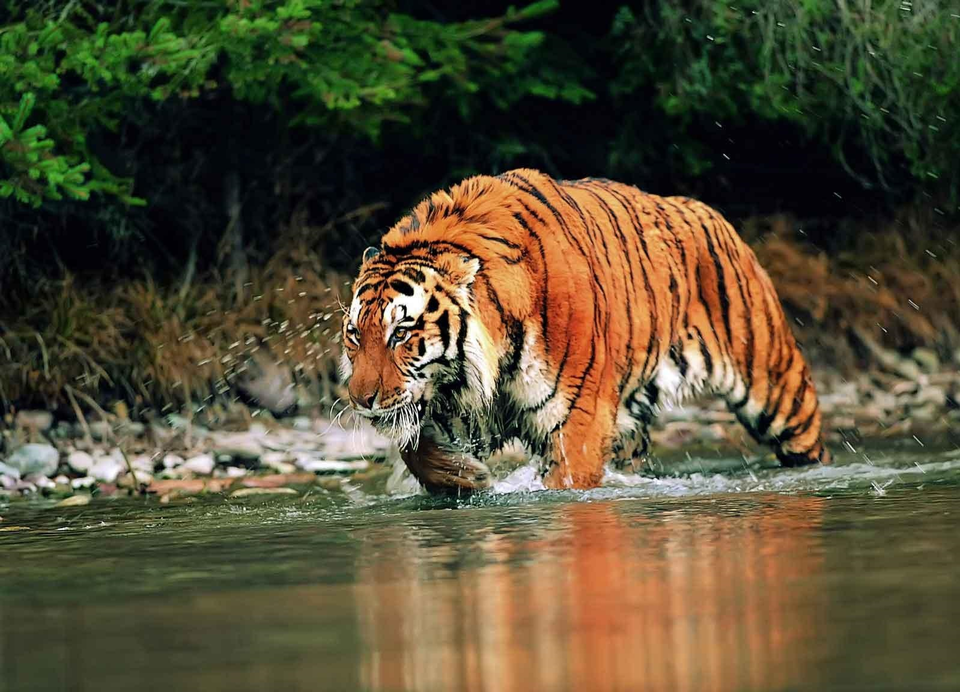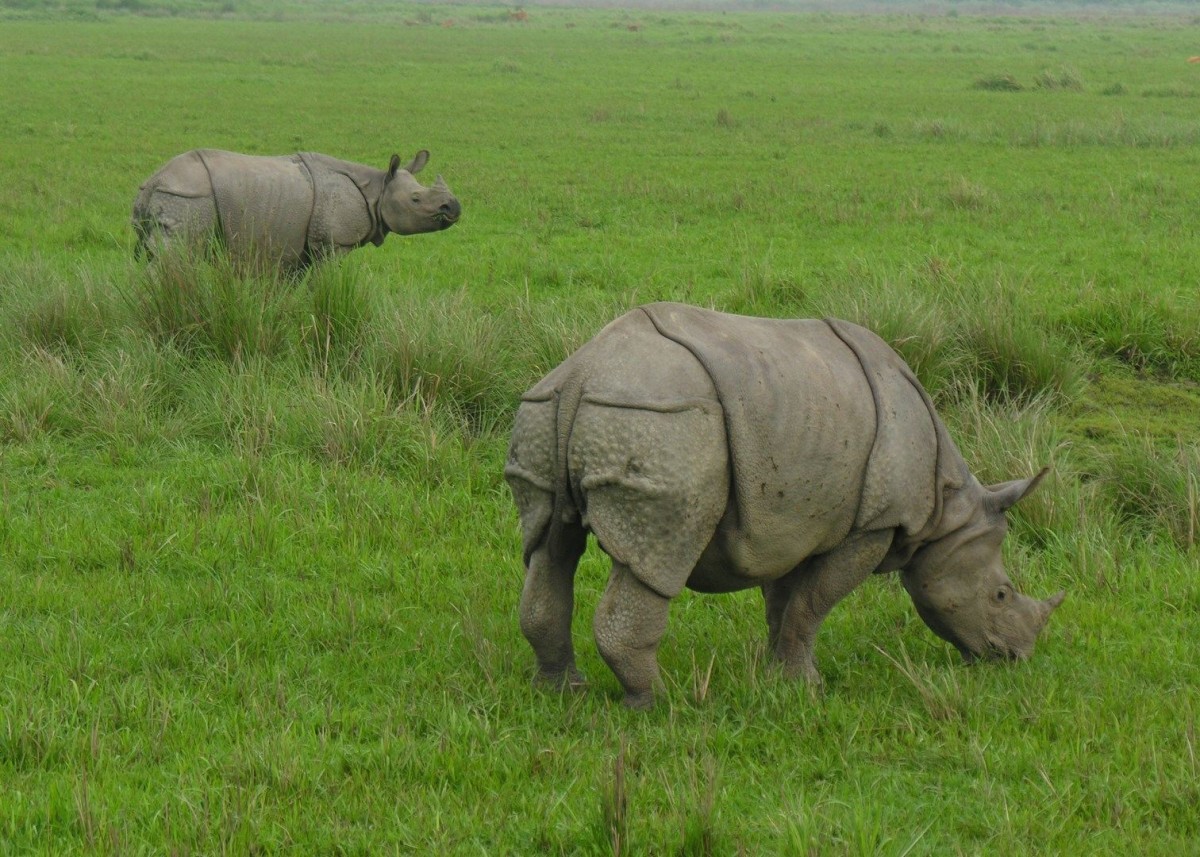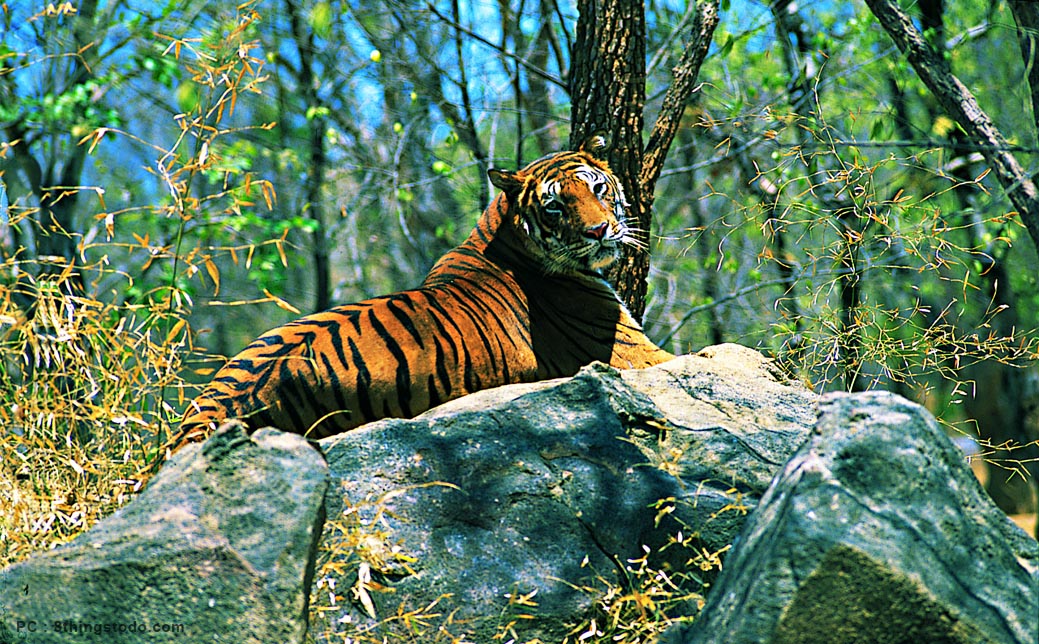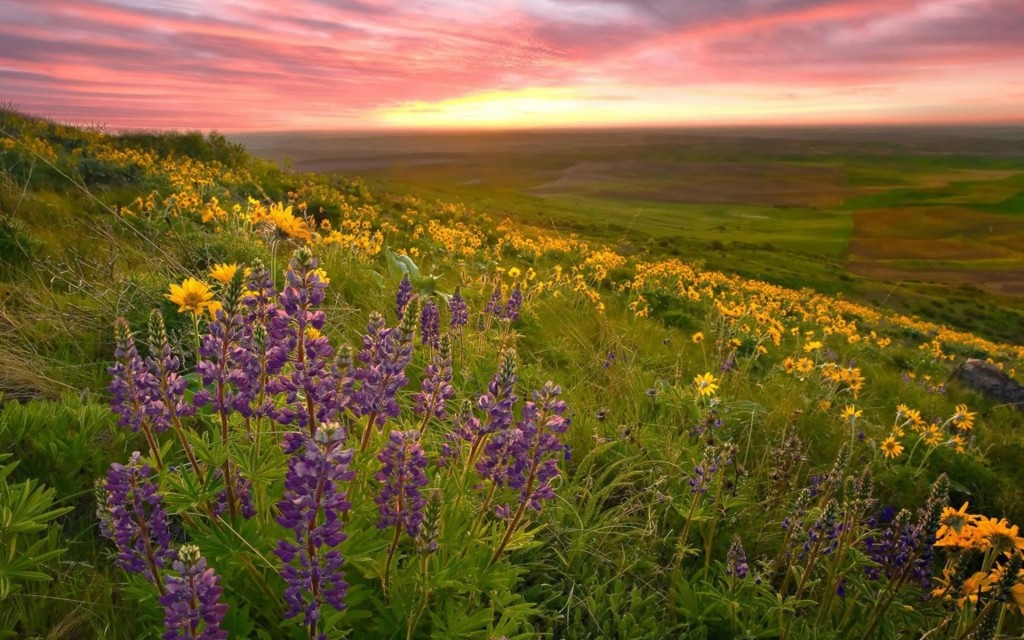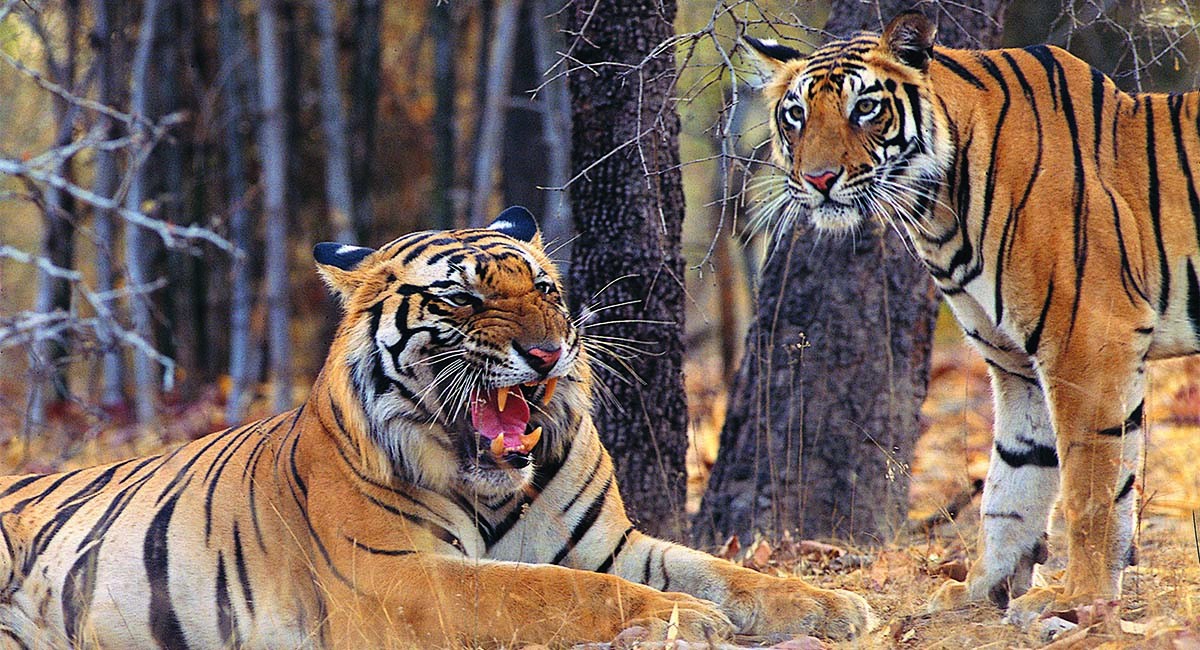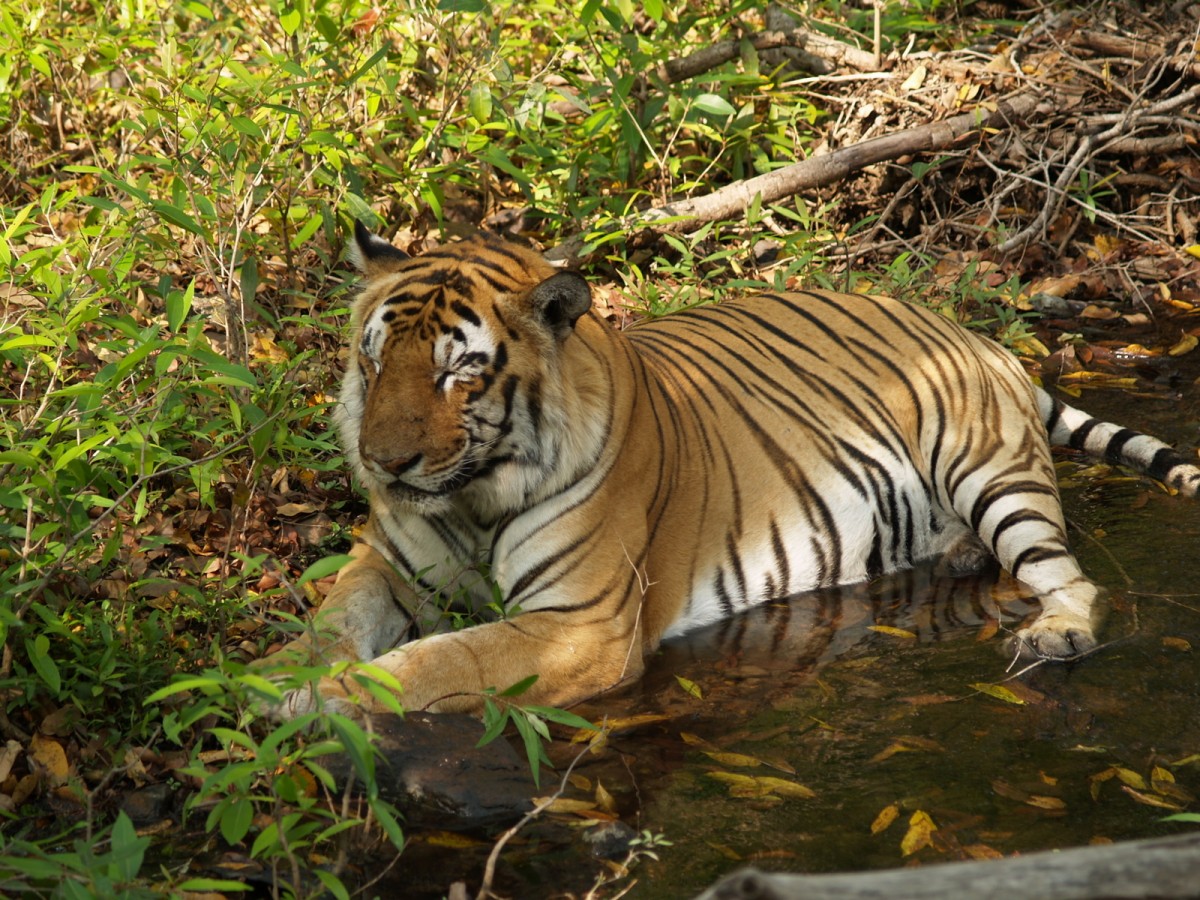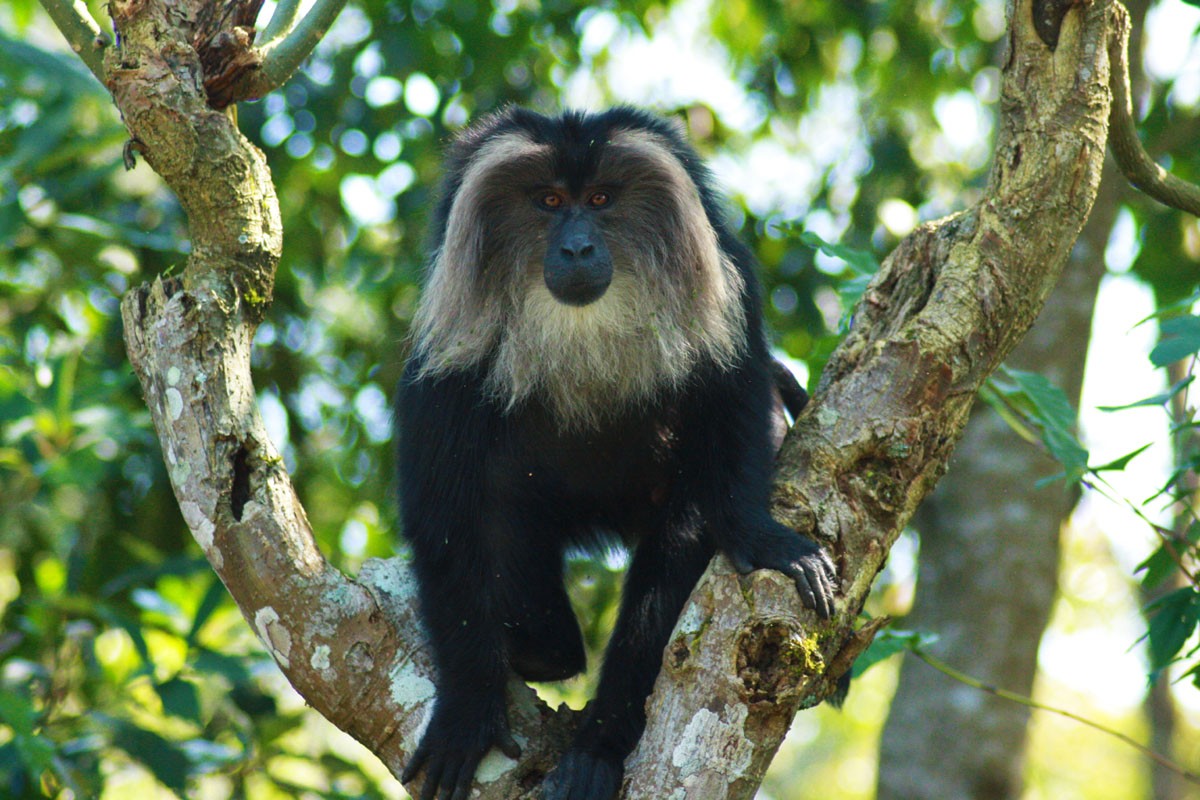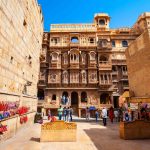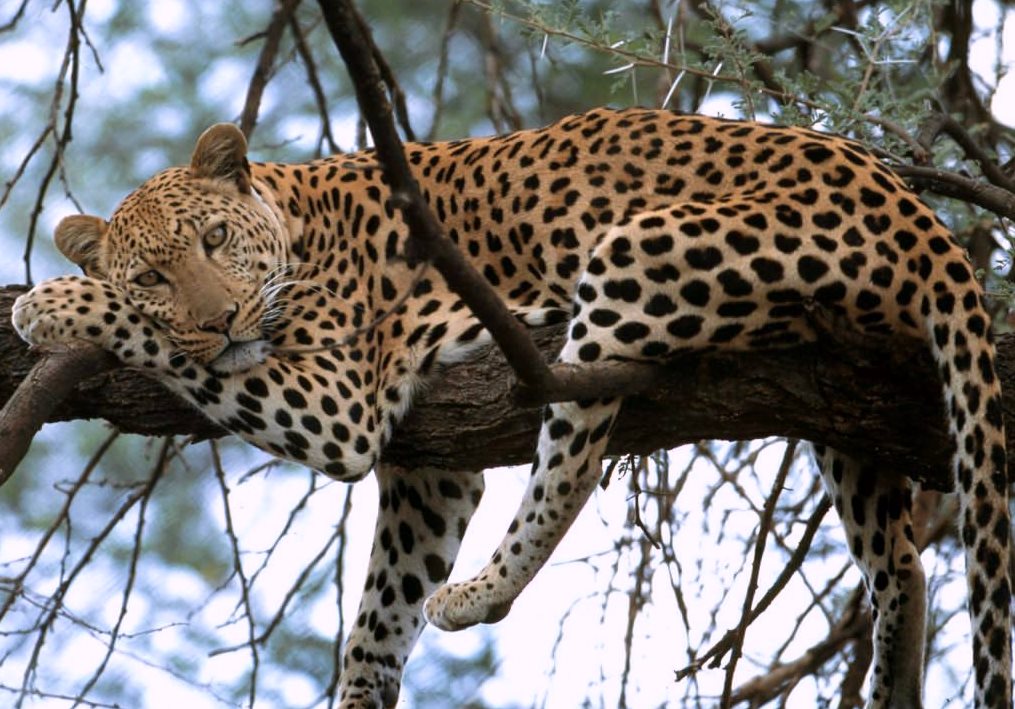
Dachigam National Park
Park At A Glance
| IUCN Category | II (National Park) |
| State | Jammu & Kashmir. |
| District | Srinagar. |
| Area | 141Sq. km. 14,100ha |
| Year of Notification | 1981 (4 Feb 1981) |
| Altitude | 1700m -4300m. |
| Special Status | Hangul Sanctuary. |
| Attraction | Kashmir Stag, Himalayan Black bear, markhor ibex exotic birds. |
| Recommended Period for Visit | |
| May, August (Upper Dachigam), September | |
| December (Lower Dachigam). | |
| Nearest town | Srinagar (32km) |
| Nearest Railway Station | Jammu Tawi (315 km) |
| Nearest Airport | Srinagar (32 km) |
Secretary, Forests &Wildlife Government of Jammu & Kashmir, Jammu & Srinagar.
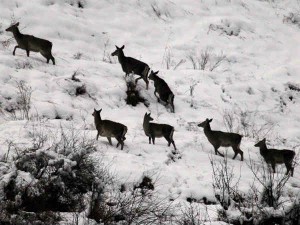
Physical features the mountain ranges enclosing Dachigam area part of the great Zanskar Range a branch of the central Himalayan axis. Complex crystalline rocks granites gneisses and schists form the core of the Zanskar Range.
Climate Irregular climate. Conditions are sub-Mediterranean, with two dry periods in June and September November and high precipitation during the winter and to a lesser extent summer seasons.
Rain fall mean annual precipitation recorded once was 664 mm. Mean monthly temperatures range from about 20oC in summer to 3oC in winter for evergreen forests at 1,700m.
Vegetation (1,600-1,800m), Kashmir elm Ulmus wallichiana, Poplar Populus ciliate willow salix caprea; (1,700-1,900m), Rhus succedanea; blue pine pinus griffithii (1,700-3,00m) Rosa brunonii, Parrotippsis, Jacquemontiana, Viburnum Cotinifolium; silver fir Abies pindrow, (2,300-3,200m), birch betula utilis, spruce picea smithiana (2,900-3,700m) Rhododendron campanulatum. Fauna hangul (Kashmir stag) Cervus elapgus hanglu common langur presbytis entellus good numbers of leopard panthera pardus and Himalayan black bear Selenarctos thibetanus, brown bear Ursus arctos, Himalayan musk deer Moschus chrysogaster, serow Capricornis sumatraensis, long-tailed marmot marmota caudate wild pig sus scroga snow leopard panthera uncial.
The birds some 112species of birds are listed. Of the pheasants Himalayan monal Lophophurus impejanus and koklass pucrasia macrolopha are present.
Facilities special permission from the chide wildlife warden. There is a VIP lodge for visiting dignitaries at Draphama. There are rest houses at phlipora in Lower Dachigam, and gratnar sangagolu and Nagaberan in Upper Dachigam. A nature interpretation centre has recently been built near the main entrance.
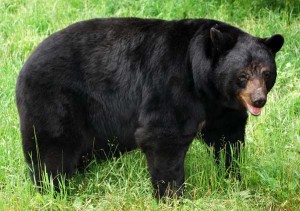
Constraints the presence of the government sheep breeding farm is recognized as the main and long outstanding problem large quantities of grass are still cut from within the park for winter fodder. Other problems include the lack of coordination between the different departments having interest in the park and the disturbance to wildlife caused by visitors driving noisily along the 5 km stretch of road to the VIP lodge at Draphama.
This park is in proximity to Srinagar originally it was developed to protect the drinking water supply to Srinagar but today it is internationally recognized as last citadel of Hangul. The entry point to this scenically beautiful reserve is merely 22 Km. from Srinagar It is an earst-while sanctuary upgraded into an National park (1931). The Dachigam (Upper & lower) in corporates variety, of vegetation (riverine forest grassland coniferous woodland alpine pastures, scrub rocky faces.
Very close to Srinagar (22km) Dachigam National park with its splendid forests and magnificent scenery is easily accessible. Of all the many sanctuaries in the state, the one at Dachigam is the best known. At one time exclusive hunting preserve of the Maharaja of Kashmir it was declared a national park in 1951, and owing to a strictly enforced conservation programme, the hangul population once 150, now stands at over 400 animals.
Dachigam is one of the India’s most scenically beautiful wildlife reserves. It is located 22 kilometres from Srinagar and forms almost half of the Dal lake’s catchment area. Since 10 villages were relocated outside the boundaries of the reserves between 1910 and 1934, it has got its name Dachi-gam which means ten villages’.
Dachigam is spread over 140 square kilometres spanning heights between 5,500 to 14,000 feet above sea level. The two sectors of Dachigam lower and upper Dachigam incorporate a variety of vegetation like riverain forest grass land broad leaved woodland coniferous forest barerock faces andalpine pastures.
Dachigam is considered home to some of the unique Himalayan range of flora and fauna. Primary amongst them is the hangul or Kashmir stag the most endangered species of red deer in the world. During winters the upper reaches of Dachigam become inaccessible to the visitors and the temperature in lower Dachigam dips as low as -10 degreecelsius. Some birds and animals found during this time of the year include the cinnamom sparrows black and animals found during this time of the year include the cinnamom sparrows black and yellow grosbeak black bulbuls monal pheasant and the Himalyan gray langur. The main predator in the park is the leopard and other scavengers with also feed on the prey of the leopard are the jackal hill fox yellow throated marten and the wild boar. Himalyan griffon, lammergeyer, leopard cat long tailed blue magpie jungle cat and Himalyan weasel can also be sighted during this period.
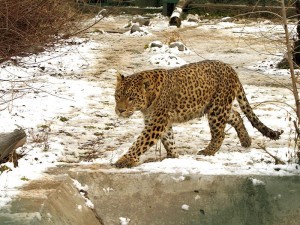
With the advent of spring and summer the Himalayan black bear makesits appearance after hibernating in the rocks for the winter period. Bird life also becomes active and the birds which appear are the golden orioles pygmy owlets Himalyan pied woodpeckers warblers babblers buntings and laughing thrushes.
In the upper reaches, during the short summer new varieties of birds like red browed finch Himalayan ruby throat and wag tails also make an appearance. The parks in higher altitudes still harbor a few Himalayan brown
The two sectors of the park Upper and Lower Dachigam are spread over an area of 141sq. km. and altitudes vary between 1700 and 4300metres. Two steep ridges enclose the park with its great topographical variety deep ravines, rocky outcrops steep wooded slopes and rolling alpine pastures. Tumbling down from the Masrar Lake (4300m) up in the high ranges the Dachigma River winds through Lower Dachigam.
Dachigam Population: the park is the habitat of the endangered hangul or the Kashmir stag-the only species of red deer to be found in India. Winter is the best time to view the hangul when they comgregate in the shelter of the lower valleys. The hangul population declined drastically from a crudely estimated 1,000-2,000 in 1947 to under 200 in 1956-1970. Concomitant with the effective implementation of conservation measures, the population has steadily increased. Other inhabitants include the Himalayan black bear species of wild goat like the markhor and ibex and varieties of exotic Himalayan birds.
Colourful pheasants include the crimson tragopan the iridescent monal pheasant with its glittering plumage the blood pheasant and the koklass pheasant. The golden eagle and the bearded vulture or lammergeyer are seen circling the brilliant blue skies. The leopard which is the only predator in this paradise is rarely seen as also the elusive snow leopard which is found in the higher altitudes. Other animals include the rare musk deer and the Himalayan marmot. A metalled road takes visitors from Srinagar into Lower Dachigam. Upper Dacchigam can only be explored on foot.
Main attraction: Amidst forests of silver birch and conifer roams the hangul. Rare and on the verge of extinction till a few years ago, the national park at Dachigam contains the last viable hangul population in the world. Related to the red deer of Europe this breed is characterized by its which rump patch and impressive spread of antlers.
The paramount among protected flora and fauna is the Kashmir stag (Cervus elaphus hanglu) i.e. the hangul, population was reported red deer in its only viable abode. As per 1983 census the hangul population was reported nearly 500 permit to visit this park can be obtained from Chief Wildlife Warden J&K, Srinagar.
Upper Dachigam is inaccessible during winters and even lower Dachigam faces a temperature drop to 10 degree C but one can glance Cinnamon sparrows black bulbuls monal Phesant Himalayan grey langur.
The park also has leopard wild pig yellow marten lammergeyer (bearded vulture), leopard cat etc. Himalayan black bear can be seen in spring and summer, among birds one can see golden oriole minivets pygmy pygmy owlets, wood-packers, and babblers, laughing thrushes.
Being so proximate to Srinagar the state capital known for its gardens lake house boats temple ilures even to those visitors who have limited time at their disposal even a brief visit is recommended preferably in early morning and late afternoon as the animals are more active and visible. One can enjoy trekking to the upper Dachigam with its serene environment and diverse fauna and flora.
Grazing poaching and encroachments are cause of concern at Dachigam as causing tremendous erosion and loss of precious wildlife. To strengthen Hangul population here local wildlife authorities have taken considerable precautions (the Hangul population has gone beyond 500 (1983 census).
The undulating Dachigam environment provides ideal tracks with a variety of flora & fauna to adventure lovers, some thing exclusive to provide at this wildlife reserve. The Upper Dachigam is a trekkers paradise, for the same one needs to have sufficient camping equipments.
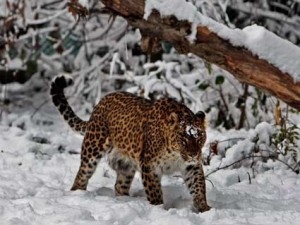
The vociferous black-bulbuls are the star attraction and are seen in abundance during winters. Winters are favourable to see Dachigam exclusive hanguls inhabiting (large mixed herds). Leopard (Panthera pardus) is main predator and to hanguls although other residents of this park like Jackal fox marten wild pig vultures are also not safe. Winters are also good to see cats like leopards Otter etc. Himalayan black boar (Selenarctus thibetanus) are more prominently seen during spring & summer.
Dachigam is also known for wild cherry pear plum peach apple & apricots oaks willows poplars. Pygmy owlets wood packers babblers are commonly seen birds. The change in elevation provides new variety of birds e.g. red browed pinch Himalayan ruby throat & wall creeper.
The Himalayan brown bear (Ursusarctos isabellinus) harbors in high altitudes it is ecologically separated from other bears like black bear. Most of these animals have a tendency to hibernate due to climatic adversaries.
Unlike winter spring and summer autumn bring life in lower Dechigam. October is the prime rutting month for hanguls with continuous and deep roaring calls of stags. A full grown male is seen with 10-12 point head.
Thus Dachigam has seasonal and attitudinal variation which generates variety of interest for people of varied interests.

